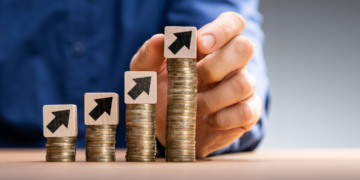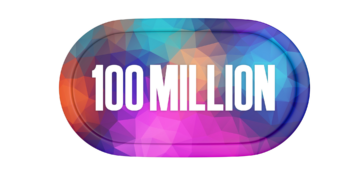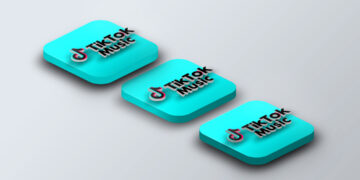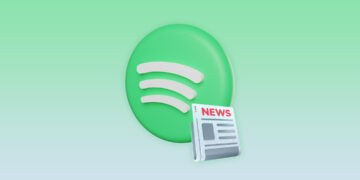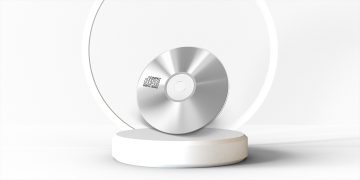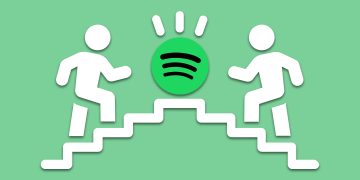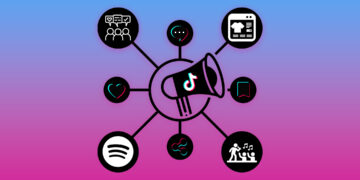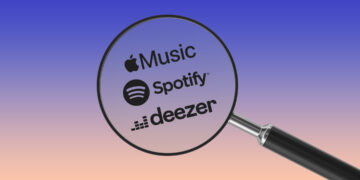Spotify Loud & Clear: More insights into your streams
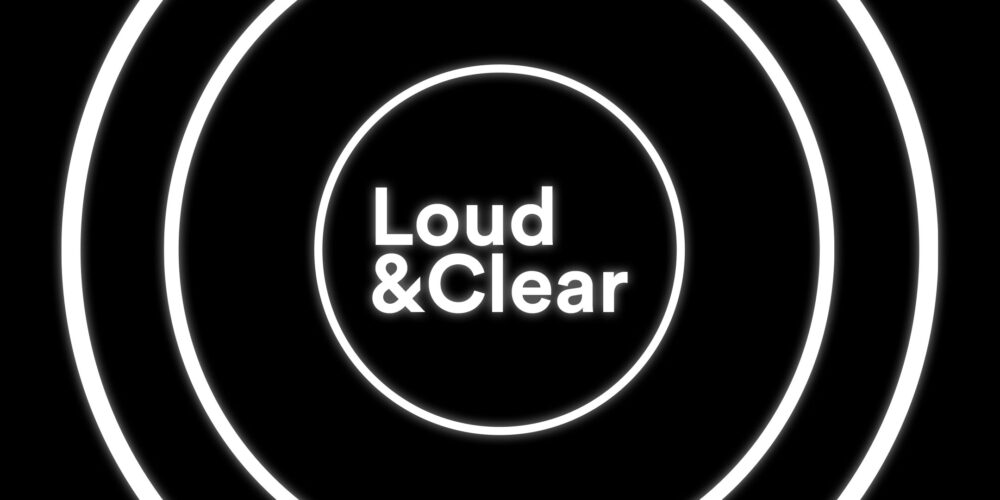
- Which part of the revenue Spotify keeps for itself and which is distributed to the rights holders and songwriters
- Spotify's explanation of why their per-stream payout is so low
- How many artists earn more than $1,000 and how many have more than 100,000 monthly listeners
Spotify continuously absorbs criticism from the community, which is certainly in part related to the fact that the streaming pay-outs are not always transparent. The iGroove Magazine constantly tries to look behind the scenes and provide artists with a deeper insight into their streaming revenue. Loud & Clear represents Spotify’s step in this direction, an attempt to provide more transparency.
This is how Spotify distributes revenue
For the first time Spotify breaks down their revenue streams (subscription and advertising) and how they distribute these. An estimated 1/3 stays with Spotify. The remaining 2/3 are then put into a separate pool. From this pool, 75% – 80% is returned to the rights holders (via distribution / label to the artist) and 20-25% to the songwriters (via collecting society / publisher to the artist). This is something we will cover in more detail in another article.
Why is the PPS lower at Spotify?
Spotify also commented on why the PPS (Pay per Stream) is lower than that of the competition. On the one hand, they have the opinion that their reach opens additional sources of income for artists. On the other hand, Spotify continues to grow in popularity in many markets with low prices. While this lowers the PPS, it enables revenues to be generated from markets where piracy used to dominate. As before, an additional reason is tied to their ad-based model. Most users who use Spotify for free would not pay for it, which results in lower revenues.
In addition, they tend to speak out against raising prices, as otherwise more people would again consume music illegally.
What is Spotify’s position on the user-centric model?
They also addressed the topic of User Centricity referring to the same study which iGroove already reported on. In their eyes the advantage for the artist would be minimal. They however explain that if musicians, songwriters and rights holders (e.g. labels) so wish, they would be willing to change the system. However, this is only possible if the entire industry wants this switch.
Podcast investments: Musicians should also profit
They also made a statement on why they were investing millions in podcasts rather than music. According to Spotify, musicians also benefit from these investments. Podcasts attract new subscribers who listen to music as well as podcasts. The subscription costs of these new subscribers results in direct benefits for the musicians. Podcasters are not paid per stream like musicians, but via advertising that they place in their podcasts.
Only 184,000 artists earn more than $1,000
Loud & Clear also offers a few gimmicks. You can find out how many artists have generated more than, for example, a million dollars. We recently analyzed these numbers for the iGroove magazine. An interesting fact, (e.g.), is that only 184,000 of the approx. 8 million artists on Spotify generated more than $ 1,000 last year and that with both payments combined.
There is also a tool where you can enter the streams of a song or your monthly listeners and you are then able to see where you are within the ranking list. For example, if you have 100,000 monthly listeners you are in the top 44,000. If your track has a million streams, it is one of 551,000 songs that reached this milestone.
Is this clever self-promotion? Yes. Is it informative? Likewise. Have a look at loudandclear.byspotify.com.

